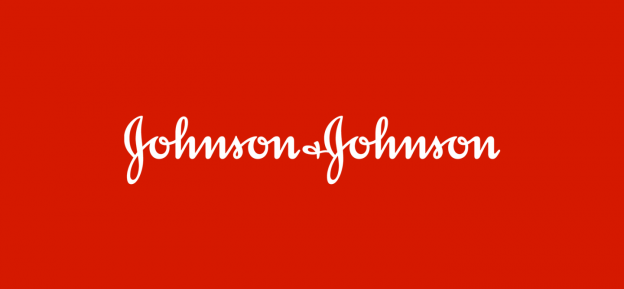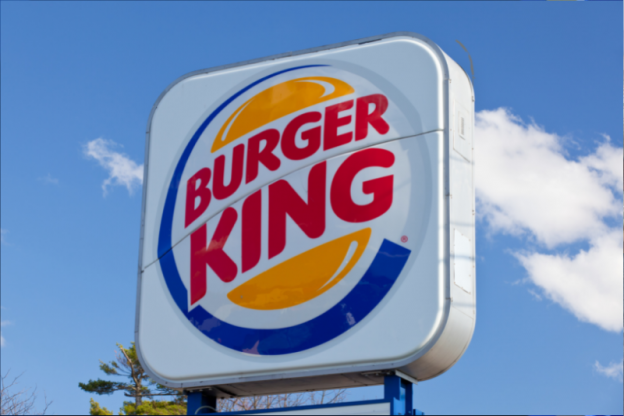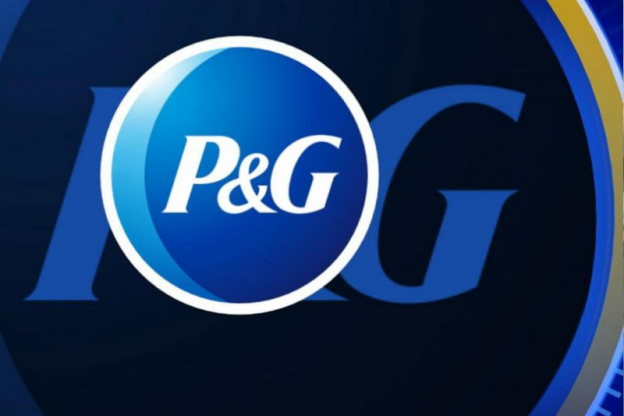This is a free UPS SWOT analysis available for all students. You should use it only as a reference.
Company Details
| Founder: | James E. Casey |
| Founded: | August 28, 1907, Seattle, Washington, United States |
| Headquarters: | Atlanta, Georgia, United States |
| CEO: | Carol B. Tomé (Jun 1, 2020–) |
| Revenue: | 84.63 billion USD |
| Number of employees: | 534,000 (2022) |
| Subsidiaries: | The UPS Store, TForce Freight, Mail Boxes Etc.,… |
It is hard for most companies to operate in an industry for a long time and remain true to its roots. UPS or United Parcel Service Inc is not your average company. Since its inception in 1907, the company has faced and emerged stronger and better from two world wars, several pandemics, and recessions.
Today, UPS is one of the largest and most dominant players in the logistics and cargo delivery business with operations in over 220 countries. With around half a million employees and $84 Billion in revenue through the merchants parcel delivery, the company is set to grow more and thrive.
Looking for an updated SWOT Analysis of UPS with authentic facts and figures? You have come to the right place. Our team of expert researchers can conduct an excellent UPS SWOT Analysis. Contact us now!
SWOT Analysis of UPS
A SWOT Analysis offers a deep study of influential elements that can either make or break a business.
- Strengths
- Weaknesses
- Opportunities
- Threats
Strengths and weaknesses are categorized under internal strategic aspects while external strategic factors constitute opportunities and threats.
SWOT Table is a graphical presentation of the key data of both internal and external factors that are discussed in the in-depth analysis. It is plotted in a square with four equal quadrants, with each quadrant representing elements from SWOT Analysis.
Let us explore the elements in detail before moving to the table.
UPS Internal Factors
Internal strategic factors are very much in control of a company. Before we move on to the external factors, it is prudent to take a hard look at the most influential internal factors of UPS.
💪 Strengths
Competitive advantages that a company has over its competitors are known as strengths.
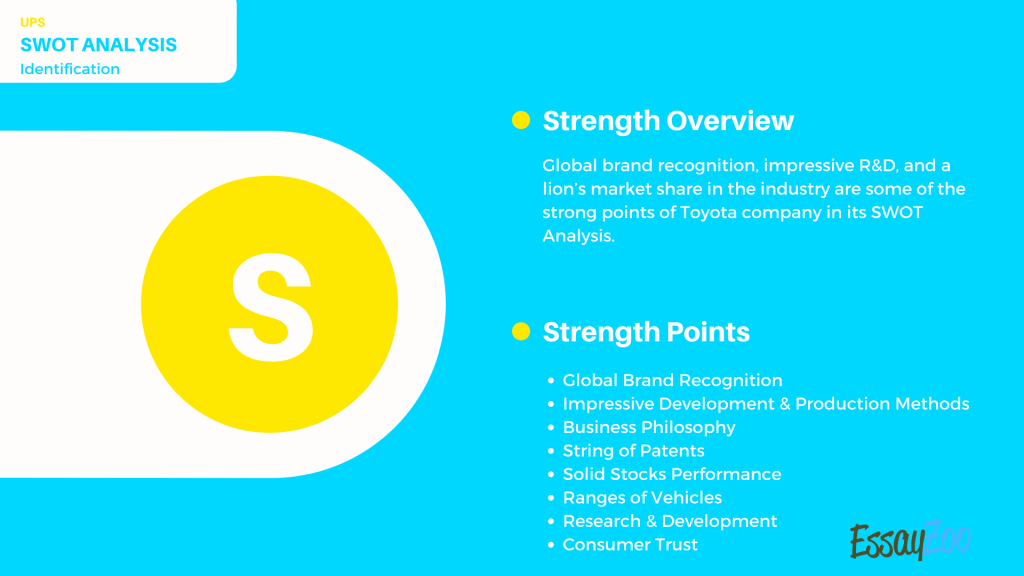
Solid Worldwide Presence
As a delivery service company, UPS needs to have a solid global presence and that’s what it has. With operations in over 220 countries, this is the biggest advantage that UPS has over its competitors.
Superb Cargo Tracking System
To keep its clients updated regarding their packages, UPS as it was renamed United Parcel Service, has the most sophisticated and advanced cargo tracking systems in the world. It uses phone message service for customer satisfaction.
Impeccable Delivery & Distribution Mechanism
Through the SMART (Southeast Metro Automated Routing Terminal) initiative, UPS has devised a delivery service that ensures seamless delivery and distribution options. The company has invested over $20 Billion to connect its equipment and systems in a unified channel.
Market Leading Customer Service
When compared to its closest and direct competitor – FedEx, UPS has the best customer service in the industry with many clients getting postal service referred. This helps the company in retaining current customers and attracting new ones through strategic planning and excellent shipping services.
Innovation & Excellence
One of the strongest points of UPS is its constant pursuit of designing and developing new and innovative equipment and methods to deliver parcels on time, sometimes employing Blue Label Air Service.
Leading Response Time
UPS has the leading response time in the industry when it comes to scanning deliverables, communicating with customers, and so on. This is what makes the company stand out from the competitors.
Value-Based Pricing
Throughout its vast categories for delivering and processing cargo, United Parcel Service takes the crown for being the most affordable. That’s why people depend on the company when it comes to better value and quick services for maximum customer satisfaction.
Industry Honors & Accolades
Being an industry leader, UPS has won many industry honors and accolades throughout its history. The most important one is the Forbes CIO Innovation Award bestowed upon its Chief Information Officer for devising a unique and effective mechanism to streamline cargo processing and delivery.
🤒 Weaknesses
The inherent flaws or vices in the operations or business plan of a company puts it at disadvantage over its competitors.
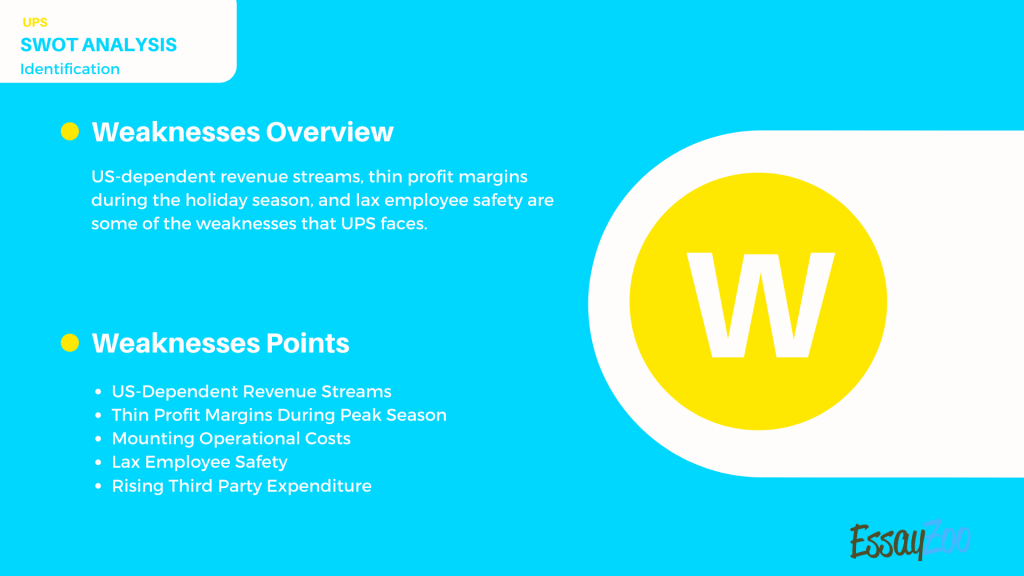
US-Dependent Revenue Streams
Like many other US-based mega-corporations, UPS is heavily dependent on the US economy for its revenue generation, including Air Express Delivery. For the year 2019, the company generated over 75% of its revenue at home.
Thin Profit Margins During Peak Season
During the peak holiday season, UPS has to spend more to deal with the surge in accelerated demand. This results in poor profit margins for the company due to a poor strategic planning tool, which should be another way around.
Mounting Operational Costs
The company is essentially operating out of the 20th century with heavy reliance on primitive equipment and operations. The overhaul of the system, including supply chain management, is on its way which will set the company $20 Billion back.
Lax Employee Safety
Since the pandemic, the company has faced a lot of backlash in terms of poor employee safety and overall precautionary measures. UPS could face even lawsuits and controversies if it does not set things right.
Rising Third Party Expenditure
UPS employs third-party suppliers to augment its in-house delivery channels. This puts a deep dent in the company’s pocket as it comprises almost 19% of its operating expenses.
UPS External Factors
Both opportunities and threats are the external factors that we will discuss in these sections. Respectively, they offer ways for UPS to improve its revenue streams and financial outlook.
🤑 Opportunities
The external potential for a company to grow its revenue and improve its cash flow is known as opportunities.
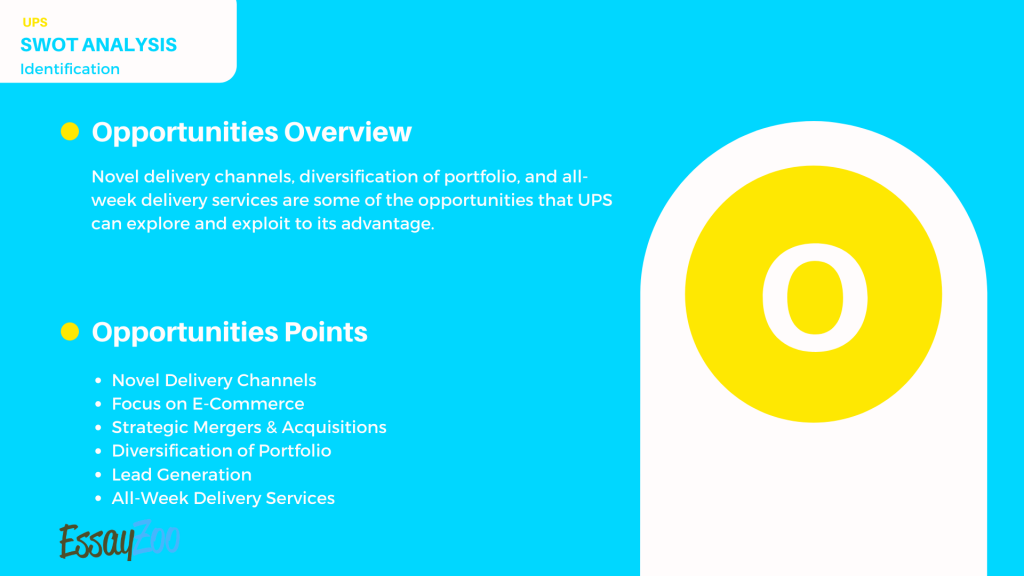
Novel Delivery Channels
Cargo delivery companies are developing and devising new and effective delivery channels to improve their services and gain market share. Recently, the company has tested drone delivery channels to transport lab samples from one location to another while maintaining a strong distribution network, even through overnight service.
Focus on E-Commerce
With the immense rise in the e-commerce business, cargo delivery companies are redefining their services to cater to the needs of new customers reliant on online channels. UPS can benefit a lot by focusing on online business and delivery channels.
Strategic Mergers & Acquisitions
As a global player unlike US Postal Service, UPS can enter new market segments quite easily by acquiring new or old entities in the industry as well as merging smaller brands with its large mega-brand.
Diversification of Portfolio
Currently, UPS is only catering to the delivery service of clients in three broad categories; Domestic packaging, international packaging, and freight services.
There is a lot of ground that the company can cover by diversifying its services.
Lead Generation
For now, UPS is a primary choice for the B2B or B2C cargo deliveries. Still, there are a lot of ordinary consumers, like local department stores, that are looking for a reliable alternative to their current service provider. UPS started Air Express delivery to step up in this and gain a new market segment.
All-Week Delivery Services
The company has already started 7-day delivery packages. This will help the company in improving its services by covering more ground in less time.
😨 Threats
Threats are the potential pitfalls and antagonistic market forces that can hurt business operations and even pose a serious risk over its short and long-term survival.
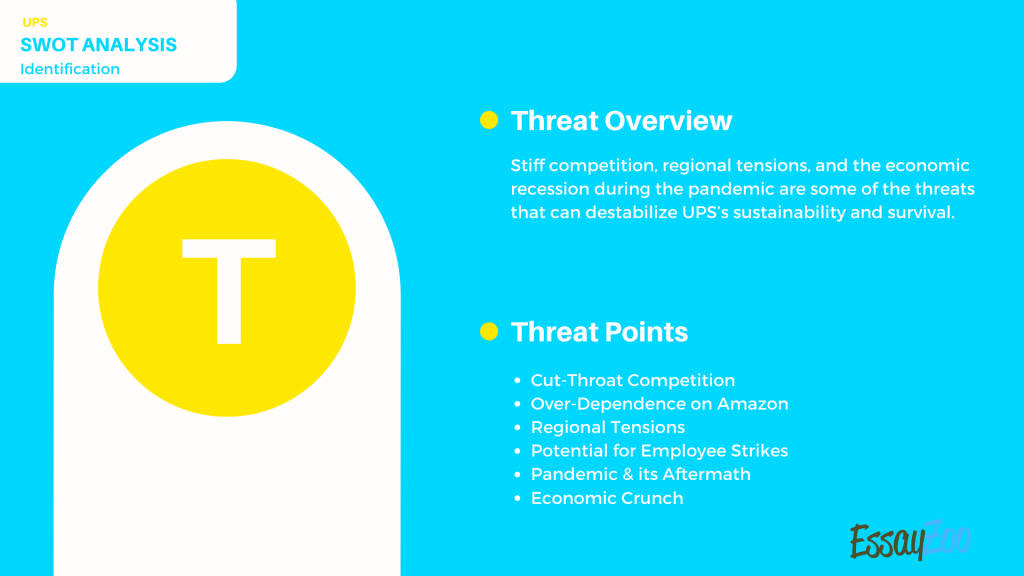
Cut-Throat Competition
FedEx, DHL, Amazon, etc., are some of the few names that pose a serious threat to the business model and operations of UPS. If things go like this, UPS will have a hard time surviving the storm.
Over-Dependence on Amazon
Amazon delivery is almost covering over 11% of the UPS revenue generation. At the same time, Amazon is also thinking about increasing its investments and focusing on its delivery services. This could lead to revenue reduction for the company in the future.
Regional Tensions
Due to political upheaval or changes in regime, companies, like UPS, can face extensive loss in market share and growth potential. Diversification and capturing new markets can resolve this issue.
Potential for Employee Strikes
Many employees of UPS contracted the COVID-19 during the pandemic. People blamed this on the company’s lax counter-measures to stop its spread. UPS has never faced any employee strikes in the last two decades, but a crisis could be boiling under the surface.
Pandemic & its Aftermath
With the rise of the pandemic and the succeeding recession and economic uncertainty afterward, UPS faced immense tremors to its core. In the first quarter of 2020, the company posted a forecast of over 13% in losses which could increase further if the situation continues.
Economic Crunch
UPS lost precious revenue and dived over 7% of its profit in 2020. In the scheme of the continuing rise in economic uncertainty, the company is bound to lose more.
UPS SWOT Table
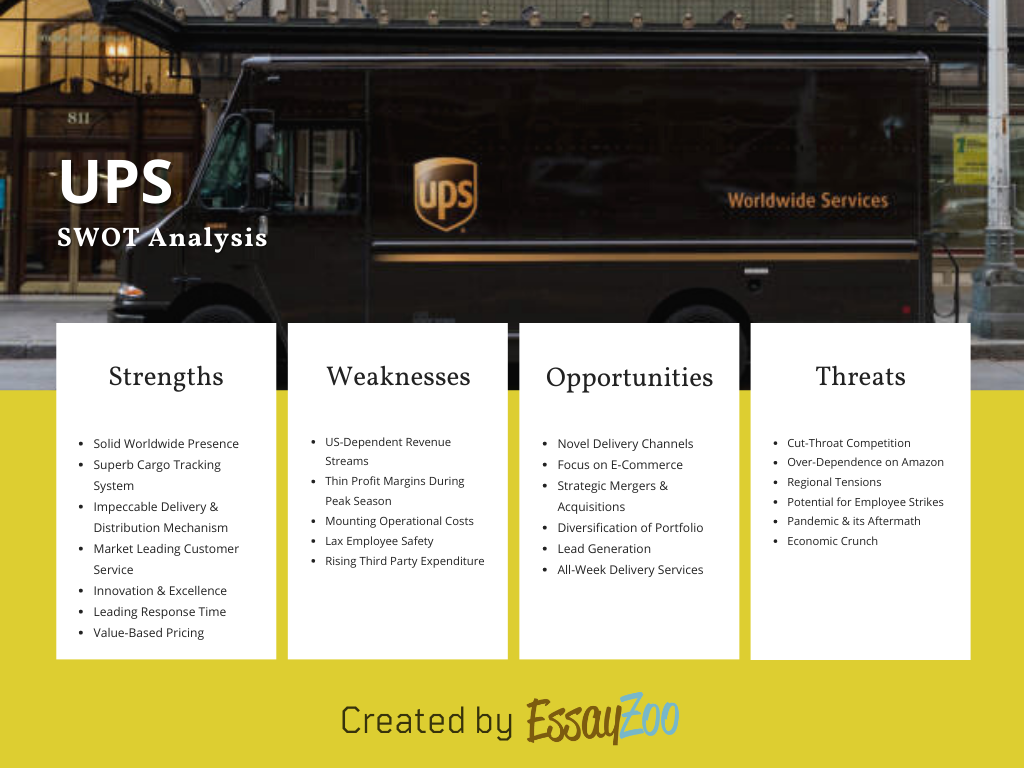
Strengths
- 💪 Solid Worldwide Presence
- 💪 Superb Cargo Tracking System
- 💪 Impeccable Delivery & Distribution Mechanism
- 💪 Market Leading Customer Service
- 💪 Innovation & Excellence
- 💪 Leading Response Time
- 💪 Value-Based Pricing
- 💪 Industry Honors & Accolades
Weaknesses
- 🤒 US-Dependent Revenue Streams
- 🤒 Thin Profit Margins During Peak Season
- 🤒 Mounting Operational Costs
- 🤒 Lax Employee Safety
- 🤒 Rising Third Party Expenditure
Opportunities
- 🤑 Novel Delivery Channels
- 🤑 Focus on E-Commerce
- 🤑 Strategic Mergers & Acquisitions
- 🤑 Diversification of Portfolio
- 🤑 Lead Generation
- 🤑 All-Week Delivery Services
Threats
- 😨 Cut-Throat Competition
- 😨 Over-Dependence on Amazon
- 😨 Regional Tensions
- 😨 Potential for Employee Strikes
- 😨 Pandemic & its Aftermath
- 😨 Economic Crunch
Read More:
- Strengths, Weaknesses, Opportunities, and Threats of Nike
- Chick-fil-A SWOT Analysis 2022
- [2022] Tesla SWOT Analysis
- SWOT Analysis of Coca Cola
- A SWOT analysis for Zara’s company
- In-Depth SWOT Analysis of Netflix
- SWOT Analysis for Apple – Free Example
- Strategic SWOT Analysis of Amazon
- McDonalds SWOT Analysis In 2022
- Starbucks SWOT Analysis Essay
- SWOT Analysis: Google
- Samsung SWOT Analysis
- Informative SWOT Analysis of Facebook
- Comprehensive SWOT Analysis of Disney
- Walmart SWOT Analysis 2022: A Detailed Report
- Toyota: Strengths, Weaknesses, Opportunities, Threats
- Swot Analysis of Dunkin Donuts’s Current Situation
- Johnson&Johnson Company: SWOT Analysis
- SWOT Analysis of Airbnb Company
- Procter & Gamble SWOT 2022
- Free Burger King SWOT Analysis

